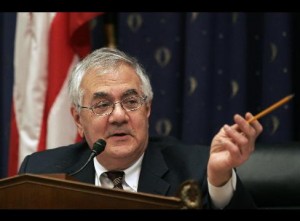First, it was the Home Affordable Modification Program (HAMP). Now, it’s the Emergency Homeowner’s Loan Program (EHLP). Both are government programs for housing, and both are due to fall short of their initial goals.
Underperformance seems to be the unfortunate trend for government housing programs. HAMP, which was launched in 2009, had an end goal of helping three to four million homeowners refinance their mortgages, only to help 675,000. The EHLP, by comparison, was passed with the massive Dodd-Frank financial bill in 2010 with the goal of helping 30,000 seriously delinquent homeowners stay in their homes through granting zero-interest emergency loans of up to $50,000. Delays and overly stringent requirements, though, have hampered the program’s effectiveness, and now, with the program expiring today, only 15,000 homeowners have been helped, and only $500 million of the program’s $1 billion budget has been utilized.
Robert Casey, a Democrat from Pennsylvania, attempted to extend the program to the end of the year by attaching his bill to a stopgap funding bill that passed the Senate earlier in the week, but to no avail.
Considerable finger pointing has commenced in wake of the program’s lackluster performance. Barney Frank, the Massachusetts congressman who is indeed the “Frank” in Dodd-Frank, was critical of the Department of Housing and Urban Development (HUD), saying the department was too slow in implementing the program.
On the other side, Neil Coleman, a spokesman for HUD, was equally critical of Frank, blaming the congressman’s unwieldy bill and the strict requirements it set for the program. 100,000 homeowners initially applied for assistance from the EHLP.
“No one could have anticipated how difficult the statutory requirements would make it to qualify homeowners,” said Todd Richardson, EHLP’s program director. “HUD is finding that the vast majority of ineligible applicants are being disqualified due to the statutory requirements.”
Income requirements were a big hurdle for applicants. As the Wall Street Journal explained, “Applicants had to be employed but prove their income fell by at least 15 percent because of economic conditions or medical emergencies. So if a homeowner earning $30,000 was laid off, got behind on a mortgage while out of work and then found another job earning $31,000, the person wouldn’t be accepted into the program.”

